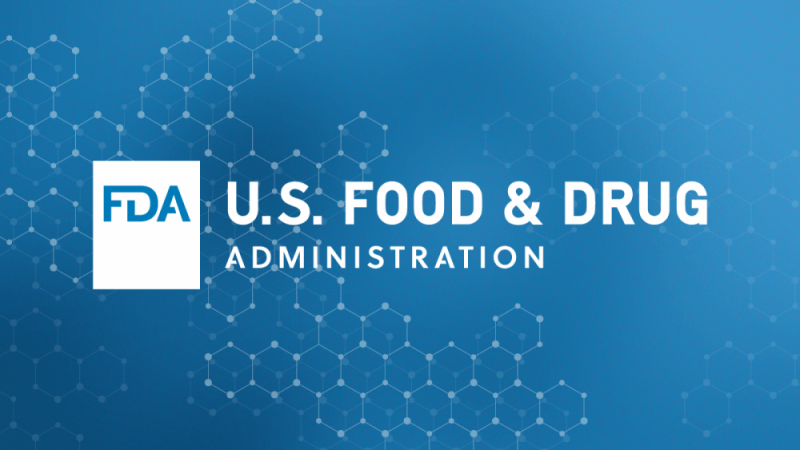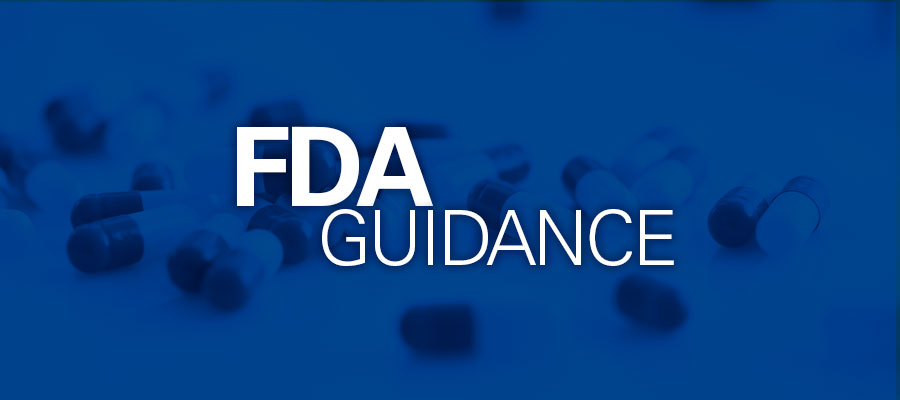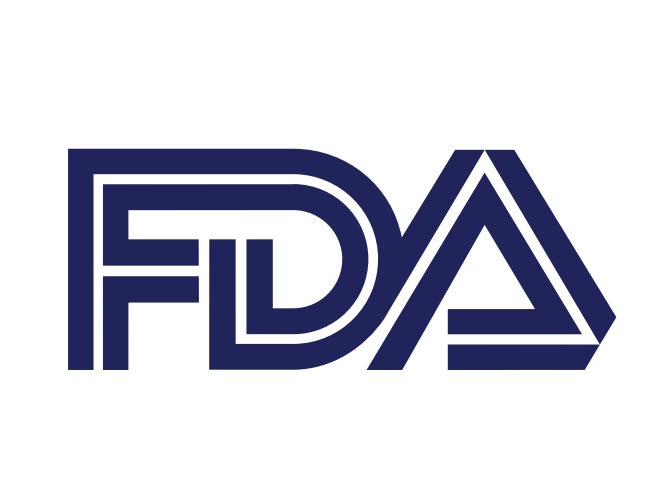The Food And Drug Administration (FDA), the US regulating authority in the sphere of medical devices, has published a guidance document describing the process related to requesting a review of the FDA`s decision not to issue certain export certificates for medical devices.

Notes
Actually, the present document constitutes a final version of the appropriate guidance document issued previously in November 2019. It is important to mention that due to its legal nature, the FDA guidance does not establish obligations for medical device manufacturers or any other parties involved in operations with medical devices, but provides additional recommendations to be considered instead. Thus, an alternative approach could be applied, providing that it would be compliant with the applicable rules and regulations, and also agreed with the Agency in advance. The FDA will also accept comments and suggestions in the usual way, and the feedback from industry representatives would be also taken into consideration by the FDA when developing an updated version of the guidance.
The present document has been developed by the Center for Devices and Radiological Health (CDRH), and the Center for Biologics Evaluation and Research (CBER) in consultation with the Office of Regulatory Affairs.

Regulatory Background
The processes and procedures addressed in the present FDA guidance are regulated under the following acts:
- Section 704 of the FDA Reauthorization Act of 2017 (FDARA), and
- Section 801(e)(4) of the Federal Food, Drug, and Cosmetic (FD&C) Act amended by the aforementioned Act.
In particular, the guidance describes the processes available for a person denied in issuing a Certificate to Foreign Government (CFG) for a device, including the information that would be provided by the authorities in such a case, and the way a person could apply for a review of a decision made. Under the general rule, a Cfg should be issued by the authorized governmental bodies to the US-based (domestic) medical device manufacturer intended to export its medical devices outside the US to certify that the device in question meets the requirements set forth by the FD&C Act.
The scope of the guidance covers the cases when the interested party was denied in issuing a Certificate to Foreign Government for medical devices manufactured in the US, providing that the device in question falls within the scope of section 510 of the FD&C Act and either FDA-approved, cleared or exempted.
It is stated that the provisions set forth by Section 801(e)(4)(ii) of the FD&C Act are applicable to medical devices, as well as other products subject to regulation by the Agency, intended to be exported from the US.
In accordance with the recent legislative changes, a CFG could be issued only for the device intended to be exported from the US, while in other cases the medical device manufacturers are allowed to apply for a Certificate of Device Not Exported from the United States (CDNE).
CFD Request Denial
First of all, the FDA guidance provides additional clarifications regarding the particular cases when the FDA is entitled to decline a request from the medical device manufacturer for issuance of a CFG. These cases are prescribed by the FD&C Act and include, inter alia, the following ones:
- There is an injunction proceeding pursuant to section 302 of the FD&C Act; or
- There is a seizure action pursuant to section 304 of the FD&C Act; or
- The device is subject to a recall designated by the FDA as Class I or Class II (in accordance with 21 CFR part 7); or
- An establishment is out of compliance with FDA`s Quality System regulation (also known as current Good Manufacturing Practices (cGMPs)) under 21 CFR part 820.
In case if the FDA makes a decision to deny an appropriate request, the interested party would be duly notified via email. Such a notice would contain the information about the ground for the decision made by the FDA, including the direct references to the particular finding the decision is actually based on. For instance, in case of denial decisions based on a failure of the interested party to sustain compliance with cGMPs, the notice would also contain a detailed description of all non-compliances identified by the Agency, and also the appropriate references to the Quality System regulations. The FDA also mentions that in case if the interested party’s classification for the most recent quality system inspection is “No Action Indicated (NAI)” or “Voluntary Action Indicated (VAI)”, this would not create grounds for making a decision to deny a request for a CFG due to the non-compliance reasons. At the same time, if a denial is based on non-compliance of the third party involved in the processes and procedures related to the medical device in question, but not the one requesting a CFG, the requesting party would be provided only with a general response indicating the noncompliance as a reason for denial, while the detail information about the particular noncompliances resulting in such a decision would be provided directly to that third party.
In case of recalls associated with the medical device in question, the decision to be made by the FDA would be actually based on the current status of such a device. For instance, the Agency may review the information about the changes made by the medical device manufacturers to address the issues creating grounds for recalls. If the recalls are covering only specific lots, a CFG could be issued in case if the interested party would sign a statement clearly stating that the lots subject to recall would not be shipped.

Correction Plan
Upon receipt of the FDA notice describing the grounds for the decision to deny a request for a CFG, an interested party may submit a plan of corrections indicating the actions the party intends to perform in order to restore compliance. Actually, the aforementioned plan of correction should be a response to an FDA Inspection Observations form describing noncompliances identified by the Agency. In such a case, the following steps should be performed:
- The interested party shall submit a plan of correction, describing the particular actions and measures to be taken to eliminate existing noncompliances, and also the timeline for such actions. It is also necessary to provide the appropriate supplementary documentation. The plan of correction should be submitted via email directly to the FDA investigator as a formal response. The subject of the email should contain the wording «Plan of Correction», and also the name of the entity and its FDA Establishment Identifier (FEI) number.
- Upon receipt, the Agency will review the plan provider, evaluate the sufficiency of the actions described, and inform the interested party accordingly. Under the general rule, the authority shall provide its response within 90 days. However, the Agency may request additional information.
- In case if the plan of correction submitted by the interested party is sufficient, and the appropriate CFG application is under review, the Agency will issue a CFG requested, providing there are no other grounds for denial.
CFG Request Denial Review
According to the FDA guidance, there are two pathways for applying for review the decision to deny the request for a CFG, namely:
- Review under section 801(e)(4)(E)(ii)(I), and
- Review of new information pursuant to section 801(e)(4)(E)(ii)(II).
The document describes both pathways in detail, including the information to be included in the appropriate request for a review and the way such a request should be submitted.
Summarizing the information provided here above, the present FDA guidance describes the reasons for the FDA to deny the request for a CFG, and also the further steps the interested party make take.
How Can RegDesk Help?
RegDesk is a next-generation web-based software for medical device and IVD companies. Our cutting-edge platform uses machine learning to provide regulatory intelligence, application preparation, submission, and approvals management globally. Our clients also have access to our network of over 4000 compliance experts worldwide to obtain verification on critical questions. Applications that normally take 6 months to prepare can now be prepared within 6 days using RegDesk Dash(TM). Global expansion has never been this simple.
Sources:

